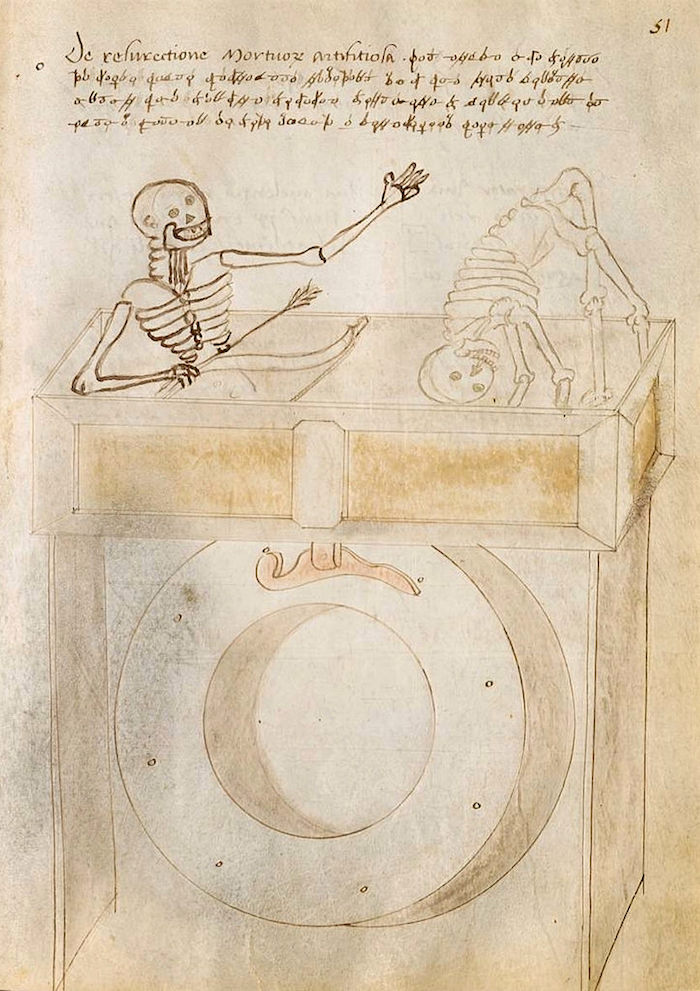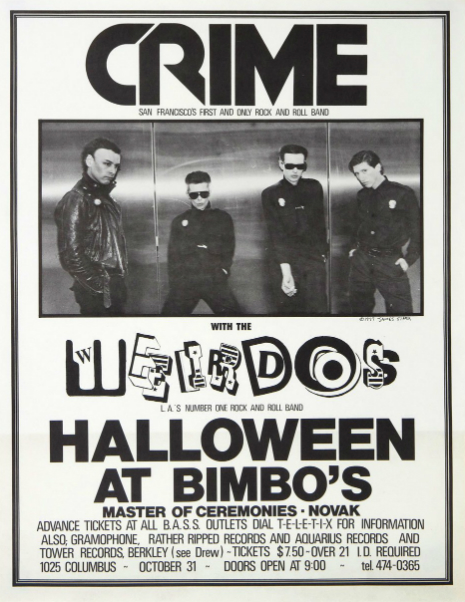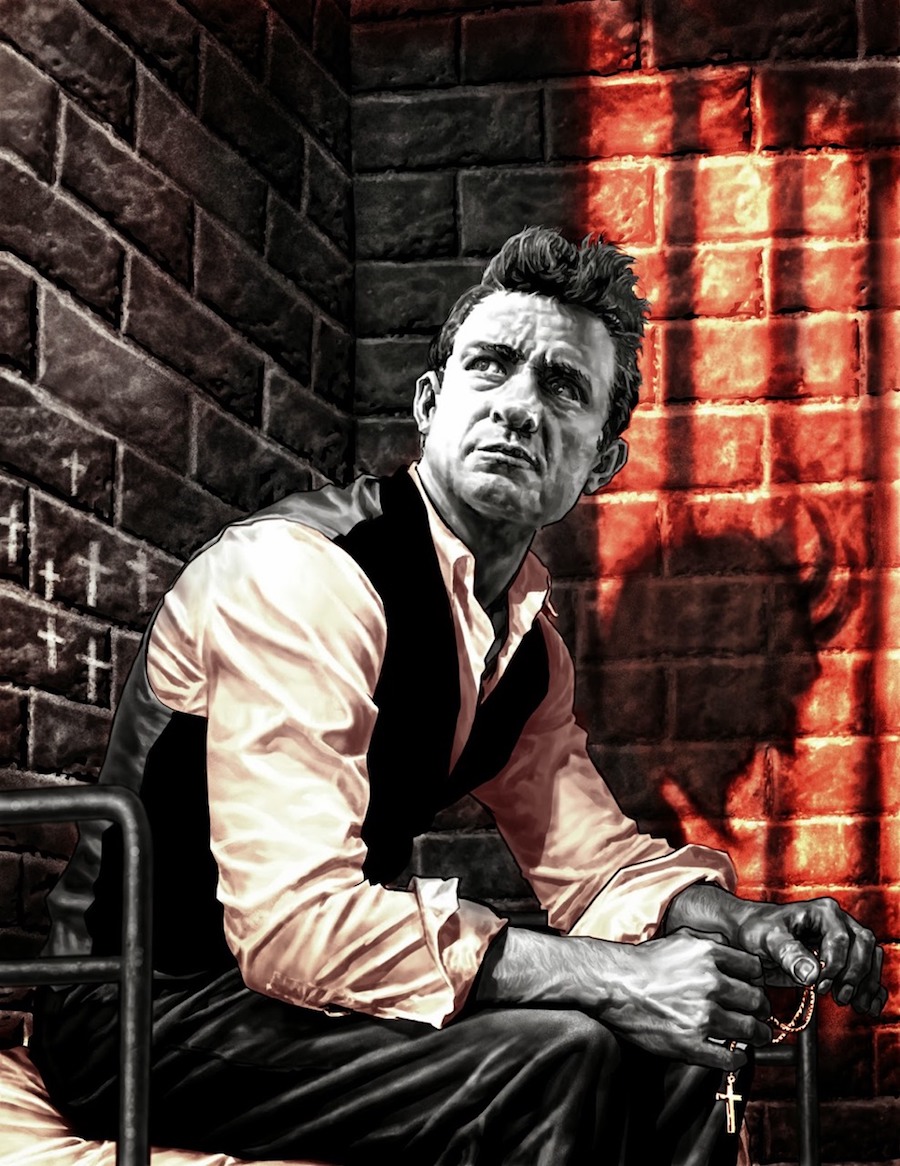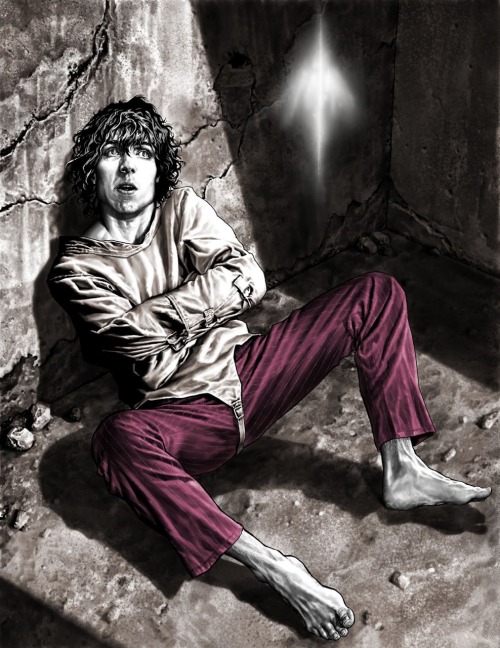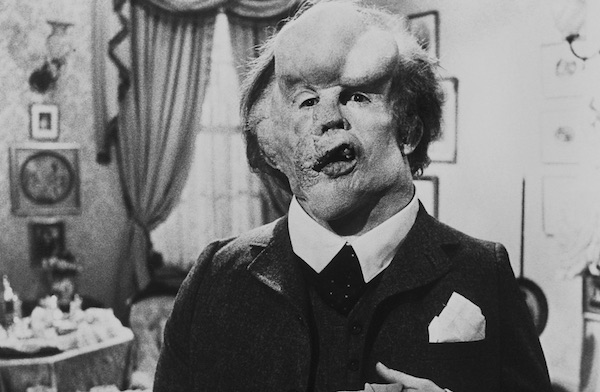
Israeli artist Ronit Baranga uses white clay and acrylic paint to create beautiful ceramics and sculptures of strange and unsettling things. You may have previously seen her sets of cups and saucers with weird sprouting fingers and blossoming lips that suggest these once passive objects are now seemingly active creations that can scuttle away and deny their original use. The juxtaposition of the functional with the surreal creates a troubling unease.
Baranga has developed her ideas from crockery to children with her recent series Tattooed Babies (2017), in which she made life-like sculptures of innocent sleeping babies whose delicate flesh has been decorated with elaborate tattoos. Baranga believes it is easier for the viewer “to relate to something figurative and beautiful, something sweet and peaceful. It’s easy for you to look at it and relate to it.” Then, on a second look, the viewer is aware that something is not quite right, something deeply unsettling about this beautiful creation. Her intention is to cause a conflict between “attraction and unease.”
I was interested in the gap between the tranquility and absolute lack of awareness on the one hand, and the domineering act that will leave a permanent mark on the other hand. The tattoo as a metaphor for perception, thoughts and understandings that we “insert under the skin” of our children. Content that will become part of their lives forever, even if they are not aware of it now. Content that our parents have tattooed on us.
Born in 1973, Baranga graduated in Psychology and Hebrew Literature from Haifa University in 1997. She then studied Art History at Tel-Aviv University before attending art school at Bet-Berl College, 2000-04. Baranga liked both painting and drawing but it was working with clay that she found the best means for expressing her ideas. Clay offered Baranga something tangible and malleable, something strong and fragile. After art school, she started exhibiting her ceramics in Italy, 2007, and since then has shown her work across the world. See more of Ronit Baranga’s work here or here.
See more of Ronit Baranga’s work and devilish babies, after the jump…











